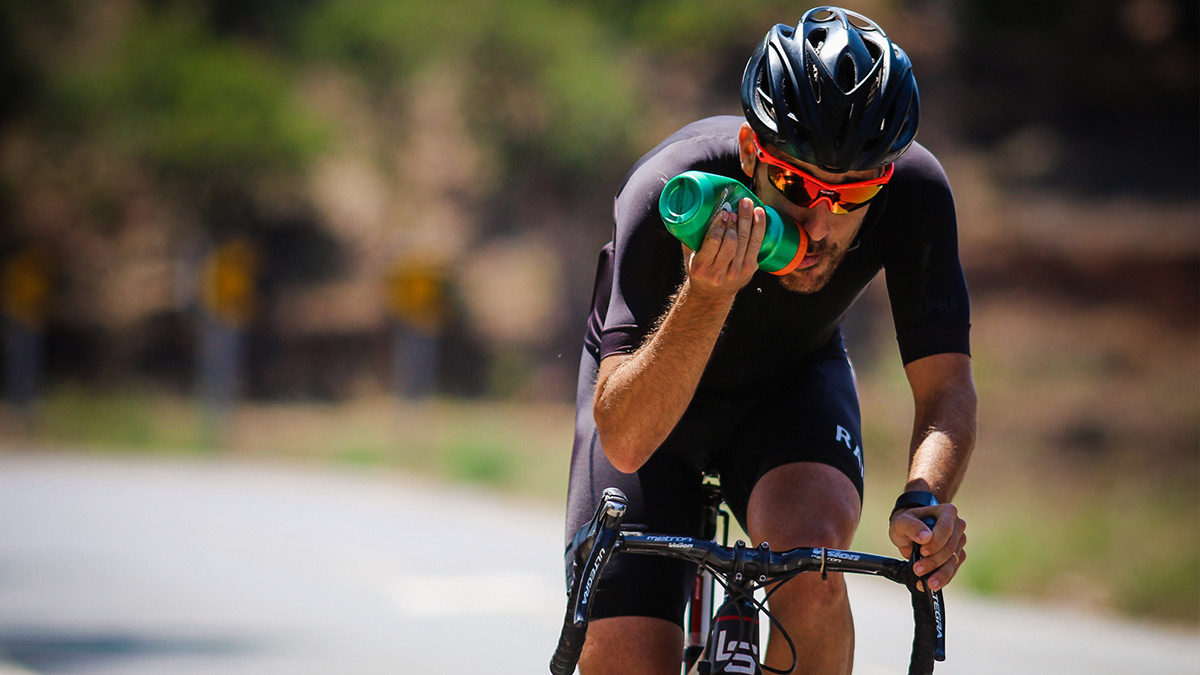Periodization Definition
Periodization refers to physical training that is structured around periods of progressively-loaded training stress that are then followed by rest. Periodization training aims to maximize athletic performance and fitness while minimizing risk of injury and overtraining. Most periodized training plans are organized into macro-, meso-, and micro- cycles, which are described below.
Periodization Training Cycles
A macrocycle refers to an entire year or season of training and competition, and it’s made up of eight to twelve mesocycles consisting of four- to six-week blocks. These usually include a three- to five-week period of progressive loading, followed by a week of lighter, active-recovery workouts. Each mesocycle will typically be focused on a specific fitness goal, like endurance, neuromuscular power, sprinting, etc.
A given week of training makes up a microcycle, and it will usually include three to five key workouts, a couple of lighter active-recovery style workouts, and/or a day off. Microcycles are progressively loaded within the mesocycle; that is, each microcycle will build (in duration and/or intensity) on the last until you get a recovery week.
The Reason Periodized Training Works
Think of a hard workout you did recently. Did you do it fresh or tired? If you did it fresh, you most likely got a strong, solid performance; but if you did it tired, you most likely struggled at least a little. Now, which version do you think produced a better training effect?
Adaptation is key to improving fitness. When you train hard, you actually tear your muscle fibers; when you rest and recover, those fibers heal, rebuilding the muscle so it can handle similar stress in the future. In other words, training itself does not produce adaptation; it is the rest that follows training that allows your body to get stronger.
It’s a simple fact that you will get the best version of yourself with fresh legs and a rested body. That strong workout performance will tax your system more, producing better adaptation—and you need to rest in order to get that performance. Think two steps forward, one step back. It’s up to each athlete and coach to refine each dose of hard training and the administration of rest.
It takes years of training and a lot of self-awareness to know what kind of training fatigue is appropriate, and a coach’s job is to make that call for you based on your physiological markers and lifestyle. But listening to your body and communicating with your coach are what create the best outcomes. This is where the magic of coaching and periodized training can really elevate your performance over a prewritten plan.
Periodization in Practice
When you first begin structured or periodized training, the first thing you may notice is that your hard training days become harder, and your easy days become easier. Most people who train without structure will run or ride at a medium-hard pace most of the time. They might ride a little easier if they don’t feel great or push a little harder to chase a fast group of friends, but for the most part, they’re riding in the middle. You can get fast this way, but the ceiling is lower than with a structured, periodized program. Riding medium-hard all the time means you will never get the big stimulus of completing a difficult workout with fresh legs or the adaptation that comes with subsequent recovery.
When you begin a periodized training program, you will notice many rides include ‘intervals,’ or periods of work followed by recovery. These might best be done lapping a climb or finding a steady, uninterrupted flat section. In other words, they might not be as exciting as our preconceived idea of a “bike ride.” Try not to panic; you should still have plenty of opportunities to get out and explore or check off a big adventure ride. Those rides will simply become your big volume days, and your shorter, more time-compressed rides will be dedicated to intervals, which make better use of limited time.
Note that the Chronic Training Load (the blue line) here often shows two steps forward, one step back!
Terms like Training Stress Score, Chronic Training Load, Acute Training Load, and Training Stress Balance help define an athlete’s current fitness, freshness, and form. You will see these when you open the TrainingPeaks app and in your Performance Management Chart. However, it is important to remember that we do not live in a vacuum where all stress can be captured in these metrics. We have jobs, families, work, life, and all other kinds of stress. To your body, all that stress is the same. Those metrics only capture your stress from training. Your job as an athlete is to communicate to your coach what outside stress you are experiencing so your coach can integrate that into how they plan your workouts.
Do you currently train with periodization or structure? Has your fitness improved and peaked? Maybe adding a structured periodized plan will help you break through the plateau. Curious to learn more about periodized training and how it can improve your riding? I want to talk to you! Please reach out via my contact information below.










